Fernando's Fitness and Aston Woes
This was a significant development. For a driver known for his iron-clad fitness, missing a practice session due to injury was rare. While the team was quick to confirm that Alonso had been "medically cleared" by the FIA to continue, it cast a shadow over his weekend.
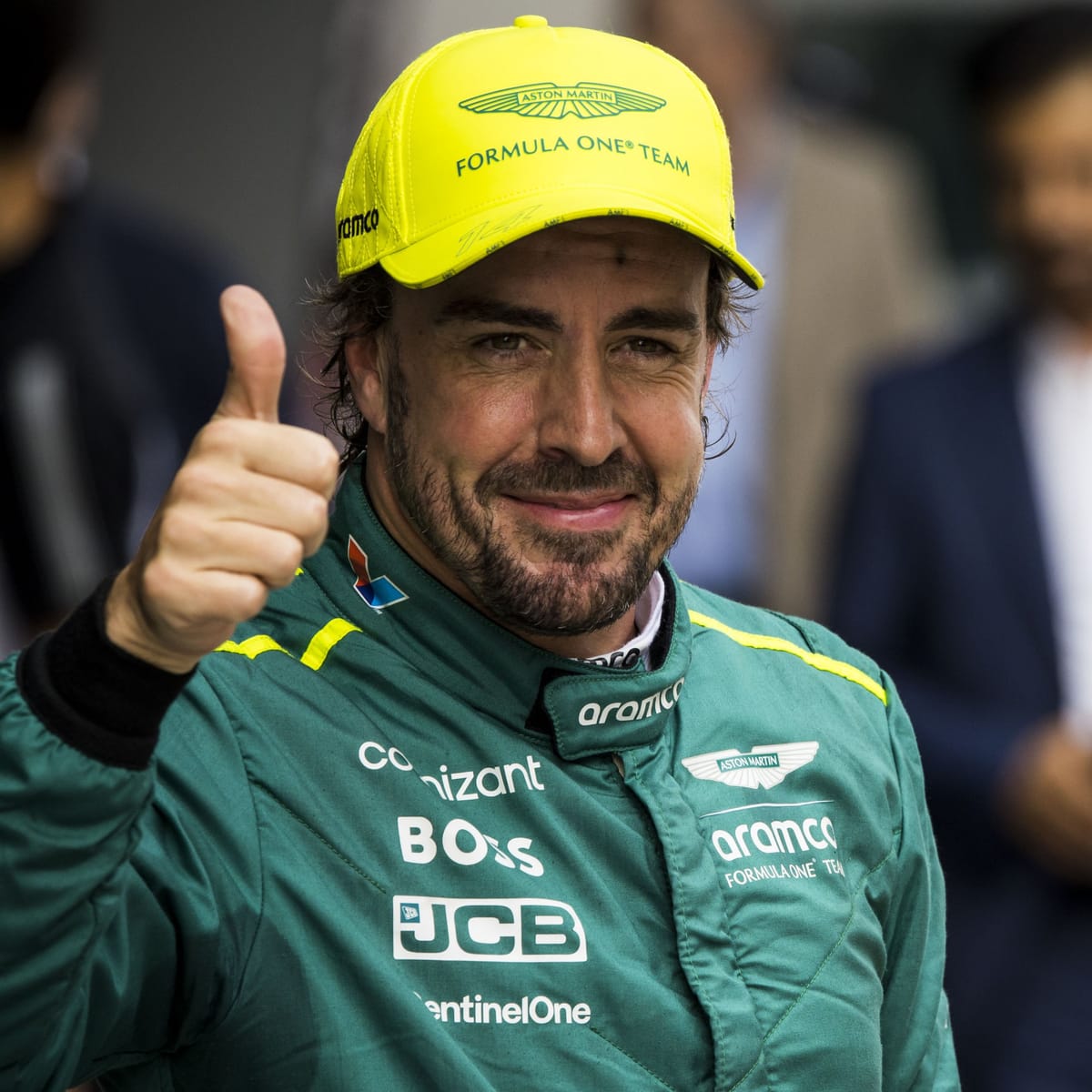
Fernando Alonso is a legend of the sport, known for his relentless dedication and incredible longevity. However, even a two-time World Champion is not immune to the physical demands of Formula 1. In the short, high-pressure week between the Belgian and Hungarian Grand Prix, the fitness of the veteran Spaniard became a major talking point. Alonso's physical struggles, combined with Aston Martin's lackluster performance, created a narrative of a team and a driver struggling to find form and momentum.
Alonso's Back Injury: A Race Against Time
Following the physically punishing Belgian Grand Prix, it emerged that Fernando Alonso was dealing with a muscular back injury. Aston Martin announced ahead of the Hungarian Grand Prix that Alonso had missed the first free practice session to receive treatment, a clear sign of the seriousness of the issue. The team's reserve driver, Felipe Drugovich, took his place in the session.

This was a significant development. For a driver known for his iron-clad fitness, missing a practice session due to injury was rare. While the team was quick to confirm that Alonso had been "medically cleared" by the FIA to continue, it cast a shadow over his weekend. The Hungarian Grand Prix, with its tight and twisty layout, is notoriously physically demanding on drivers, particularly on the neck and back. Driving with a pre-existing muscular injury would be a significant handicap, particularly for a driver like Alonso who thrives on pushing the car to its absolute limit.
The injury was a reminder of the brutal physical toll that modern Formula 1 cars take on drivers, even with the immense advancements in safety. It also highlighted the importance of a team's reserve driver program, with Drugovich stepping in and proving his readiness to race if needed. The fact that Alonso was able to compete and even perform well later in the weekend was a testament to his sheer determination and high pain tolerance, but it also raised questions about his long-term health in the sport.
Aston Martin's Disappointing Season: Where Did the Pace Go?
Alonso's physical struggles were compounded by the performance, or lack thereof, of the Aston Martin AMR25. The team had a challenging Belgian Grand Prix, with both Alonso and his teammate Lance Stroll failing to score points. In fact, their qualifying performances were particularly dire, with Alonso and Stroll starting 19th and 20th respectively for the main race.
This lack of pace was a major concern for the team. Having started the 2025 season with some promise, the team had steadily fallen down the pecking order. Technical pundits and media outlets, such as The Race, pointed to a number of factors, including a lack of aerodynamic efficiency and an inability to adapt to new tyre compounds. The team's performance, particularly on a high-speed circuit like Spa, seemed to expose the fundamental weaknesses of their car's design.

The pressure on Team Principal Mike Krack and his technical team was immense. The short break between the races would have been a frantic period of data analysis and simulation, attempting to find a fix before the Hungarian Grand Prix. The team's performance in Hungary would be a crucial test, as the tight circuit has different demands and could potentially suit the car better. However, the prevailing narrative was one of a team that had lost its way, unable to keep up with the rapid development curve of its rivals.
The Long-Term Future: Alonso's Resolve and the Honda Project
The combination of Alonso's injury and the car's poor performance raised questions about his long-term future in the sport. While his contract with Aston Martin is secured for the foreseeable future, at 44 years old, the physical demands and lack of on-track success could test his resolve. For a driver as competitive as Alonso, simply making up the numbers is not an option.

The larger context for Aston Martin is their transition to a works Honda team in 2026. This partnership is seen as the key to their long-term success. However, the current struggles highlight the immense challenge that lies ahead. They need to not only develop a championship-winning car but also keep a driver of Alonso's calibre motivated and performing at the highest level. The veteran's unwavering belief in the project is a crucial ingredient, but it can only last so long without tangible results.
The break between the Belgian and Hungarian Grand Prix was a period of concern for Aston Martin. Fernando Alonso's back injury was a stark reminder of the physical demands of the sport, and his team's struggles for pace highlighted the fierce nature of F1's technical arms race. While Alonso's sheer grit and determination allowed him to compete, the underlying issues with the car remained. The team's performance in Hungary and the races leading into the summer break will be critical in determining the trajectory of their season and, perhaps, the future of their star driver.
How much do you think Alonso's injury impacted his performance? Can Aston Martin turn their season around? Share your predictions in the comments below! Stay updated on all the Aston Martin and F1 news – subscribe to our blog for comprehensive coverage!
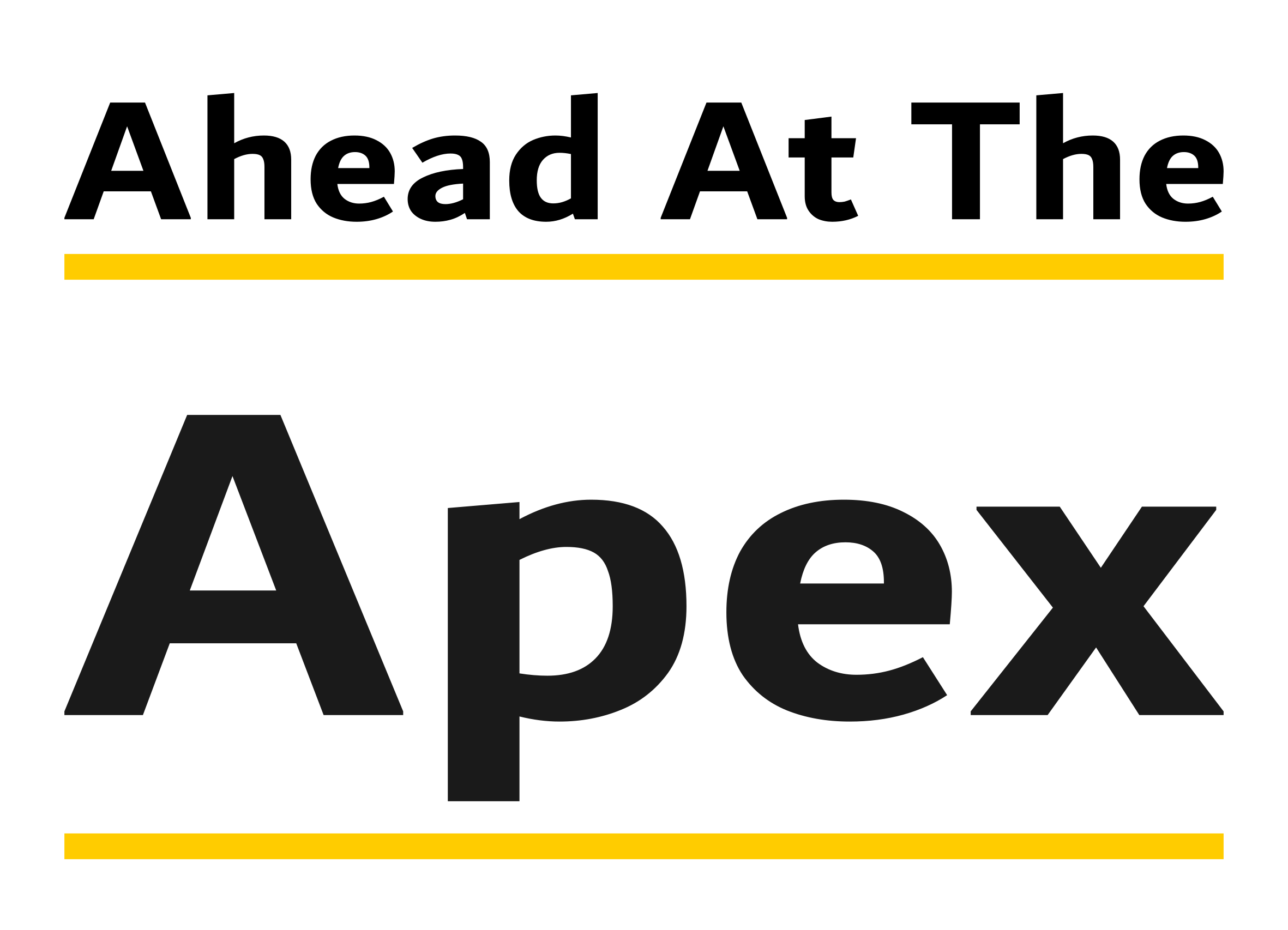
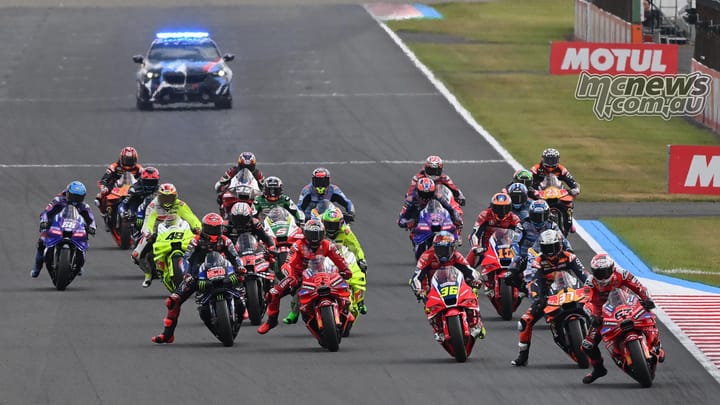
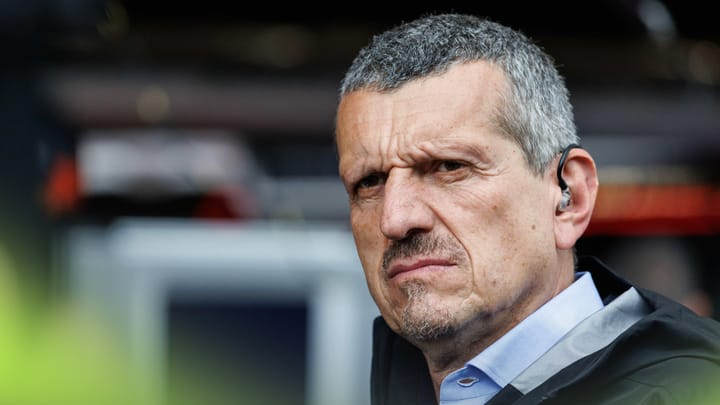
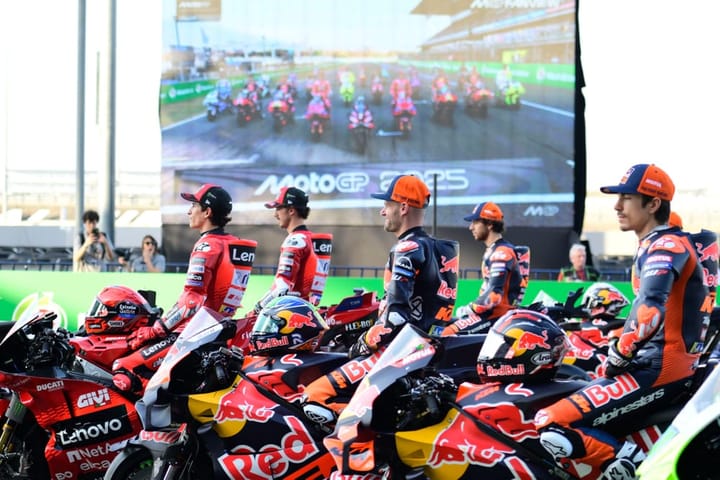
Comments ()